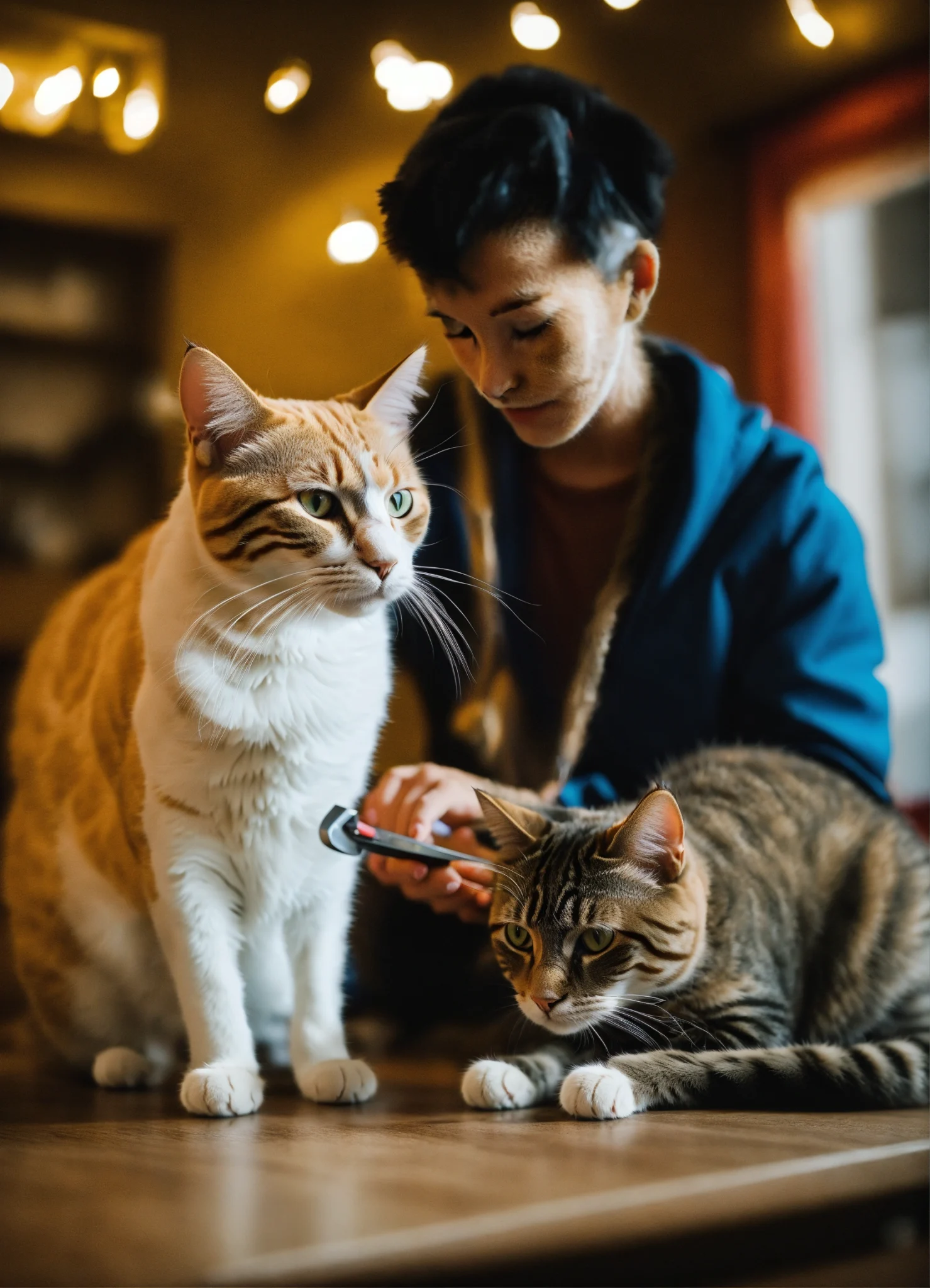Wet food is an ally in pet nutrition, as it combines palatability, nutrition and hydration. Recommended for dogs and cats, it offers a series of benefits, which is why many veterinarians recommend it.
But, after all, does the diet need to be exclusively wet? And how do you choose the best brand of food? In addition, are there any contraindications for consuming this type of food?
In this article, you will find answers to the most common questions on the subject, learn about the characteristics of wet food, its advantages and disadvantages, and receive tips for creating your pet’s diet. Keep reading and check it out!
How does food influence pets’ diet?
Pet food is a food product with specific formulations, created to meet the nutritional needs of dogs, cats and other animals. In addition to being practical, these products are categorized according to the pet’s life stages and any special needs.
Puppy food, for example, is formulated to provide all the nutrients needed to support the animal’s development in the first year of life. In addition to these, you can find food for adults, neutered animals, seniors and animals with special needs on the market.
Pet owners need to know that each food meets the specific physiological needs of each pet. It is no coincidence that there are different foods for cats and dogs , for neutered and non-neutered animals, and so on.
Pet food can be the sole source of food, as it contains the necessary amount of proteins, carbohydrates, fats, vitamins and minerals for the development and maintenance of your pet’s health. However, it can be combined with natural foods, ensuring a richer and more interesting feeding experience for your pet.
What is wet food?
Wet food is a type of food presented in the form of pâté, pieces or slices, with a high moisture content. Unlike dry food, which is composed mainly of dehydrated ingredients, wet food contains approximately 70% water in its composition.
This makes it an interesting option for many pets, especially those who don’t like dry food or who need a more moist diet for health reasons.
In the case of felines , for example, which are more resistant to drinking water, consuming wet food is a strategy that helps maintain health and combat kidney disease.
In addition to its intense flavor and pleasant texture, wet food offers health benefits, such as better hydration, support for kidney and urinary health, and greater palatability, which can be especially useful for animals with difficulty eating.
It is important to emphasize that wet food must be offered in a balanced way and, preferably, under the guidance of a veterinarian, in order to ensure that your animal’s nutritional needs are met.
What are the advantages and disadvantages of wet food?
Let’s explore in detail the main advantages and disadvantages of this type of food. Below, we present 8 advantages and disadvantages of the formulation. Check it out!

1. Hydration
Without a doubt, the high hydration capacity is one of the strongest points of wet food, especially when compared to dry food. As we have highlighted, the formulation is composed of approximately 70% water.
Animals that drink little water or resist drinking liquids especially benefit from a wet food diet.
2. Prevention of kidney disease
Hydration is directly related to kidney health, especially in cats, which are known to develop kidney and bladder problems resulting from low fluid intake.
3. Ease of digestion
The high concentration of water in wet food makes it easier to chew and swallow, especially for animals with dental problems or older animals. In addition, the soft texture can be more pleasant for the digestive tract, facilitating digestion.
4. Medications
Wet food can be an ally in administering medication to pets. Thanks to its texture and attractive flavor, the food disguises the taste of the medicine, making it easier to administer. However, it is important that the owner consults a veterinarian before mixing any medication into their pet’s food, as some medications can interact with food and lose their effectiveness.
5. Weight control
Wet food contributes to a weight control strategy. This is because the high concentration of water present in this type of food contributes to the feeling of satiety, making the pet feel more satisfied with a smaller amount of food. However, to achieve good results, the owner needs to choose a food formulated for weight control, combining the diet with a physical exercise routine.
6. High cost
One of the negative aspects of wet food is its high cost; it is usually more expensive than dry food. This is because the production cost is higher, considering the presence of water in its composition, which requires more elaborate packaging and storage processes, as well as the higher concentration of meat and other high-quality ingredients, increasing the final price of the product.
7. Difficulty in storage
After opening the wet food package, the owner needs to be careful with storage. Since it has a high concentration of water and humidity creates an environment conducive to the growth of bacteria and other microorganisms, it needs to be kept refrigerated after opening, in addition to having a shorter shelf life when compared to dry food.
8. Need to redouble oral hygiene care
Another negative point of wet food is that, due to its characteristics, it can adhere more easily to the pet’s teeth, increasing the risk of bacterial proliferation and the development of plaque and tartar. This condition, if left untreated, can lead to more serious oral problems, such as gingivitis, periodontitis and even tooth loss.
Owners who include wet food in their diet should take extra care with their animals’ oral hygiene, including regular tooth brushing, the use of specific oral health products and regular visits to the vet for assessments and professional cleaning.
How to choose between wet and dry food?
It is common to have doubts about choosing dog and cat food. In addition to the type, dry or wet, you should evaluate the different brand options, cost-benefit and the specific needs of your pet.
The tip is to talk to the veterinarian who monitors your pet to assess its characteristics, considering age, breed , weight and health conditions. The professional will be able to indicate the best option, quantities and proportions, including a diet that combines dry and wet food.
Where to buy wet food?
With over 40 years in the market, Polipet offers the main brands of wet and dry food on the market, with products for cats, dogs, birds, fish, reptiles and rodents. Customers are guaranteed quality and have access to differentiated service — both online and in physical stores.
As you can see, wet food is a food that brings countless benefits to your pet’s health. Before composing the diet and choosing the best brand, talk to your veterinarian and assess your pet’s needs.





